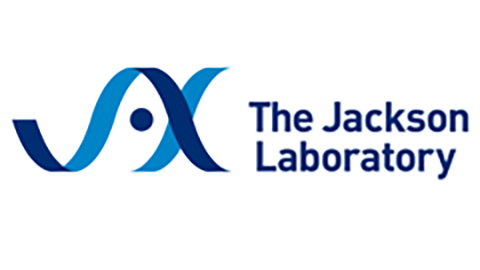Document Type
Article
Publication Date
6-1-2024
Original Citation
Pandey R,
Arnold M,
Batra R,
Krumsiek J,
Kotredes K,
Garceau D,
Jackson HM,
Sasner M,
Howell G,
Kaddurah-Daouk R,
Carter GW.
Metabolomics profiling reveals distinct, sex-specific signatures in serum and brain metabolomes in mouse models of Alzheimer's disease. Alzheimers Dement. 2024;20(6):3987-4001
Keywords
JGM, JMG, Animals, Alzheimer Disease, Disease Models, Animal, Brain, Mice, Mice, Transgenic, Male, Female, Mice, Inbred C57BL, Metabolomics, Metabolome, Sex Characteristics, Humans, Apolipoprotein E4
JAX Source
Alzheimers Dement. 2024;20(6):3987-4001
ISSN
1552-5279
PMID
38676929
DOI
https://doi.org/10.1002/alz.13851
Grant
National Institute on Aging, Grant/Award Number: U54 AG054345
Abstract
INTRODUCTION: Increasing evidence suggests that metabolic impairments contribute to early Alzheimer's disease (AD) mechanisms and subsequent dementia. Signals in metabolic pathways conserved across species can facilitate translation.
METHODS: We investigated differences in serum and brain metabolites between the early-onset 5XFAD and late-onset LOAD1 (APOE4.Trem2*R47H) mouse models of AD to C57BL/6J controls at 6 months of age.
RESULTS: We identified sex differences for several classes of metabolites, such as glycerophospholipids, sphingolipids, and amino acids. Metabolic signatures were notably different between brain and serum in both mouse models. The 5XFAD mice exhibited stronger differences in brain metabolites, whereas LOAD1 mice showed more pronounced differences in serum.
DISCUSSION: Several of our findings were consistent with results in humans, showing glycerophospholipids reduction in serum of apolipoprotein E (apoE) ε4 carriers and replicating the serum metabolic imprint of the APOE ε4 genotype. Our work thus represents a significant step toward translating metabolic dysregulation from model organisms to human AD.
HIGHLIGHTS: This was a metabolomic assessment of two mouse models relevant to Alzheimer's disease. Mouse models exhibit broad sex-specific metabolic differences, similar to human study cohorts. The early-onset 5XFAD mouse model primarily alters brain metabolites while the late-onset LOAD1 model primarily changes serum metabolites. Apolipoprotein E (apoE) ε4 mice recapitulate glycerophospolipid signatures of human APOE ε4 carriers in both brain and serum.
Creative Commons License

This work is licensed under a Creative Commons Attribution 4.0 International License.

